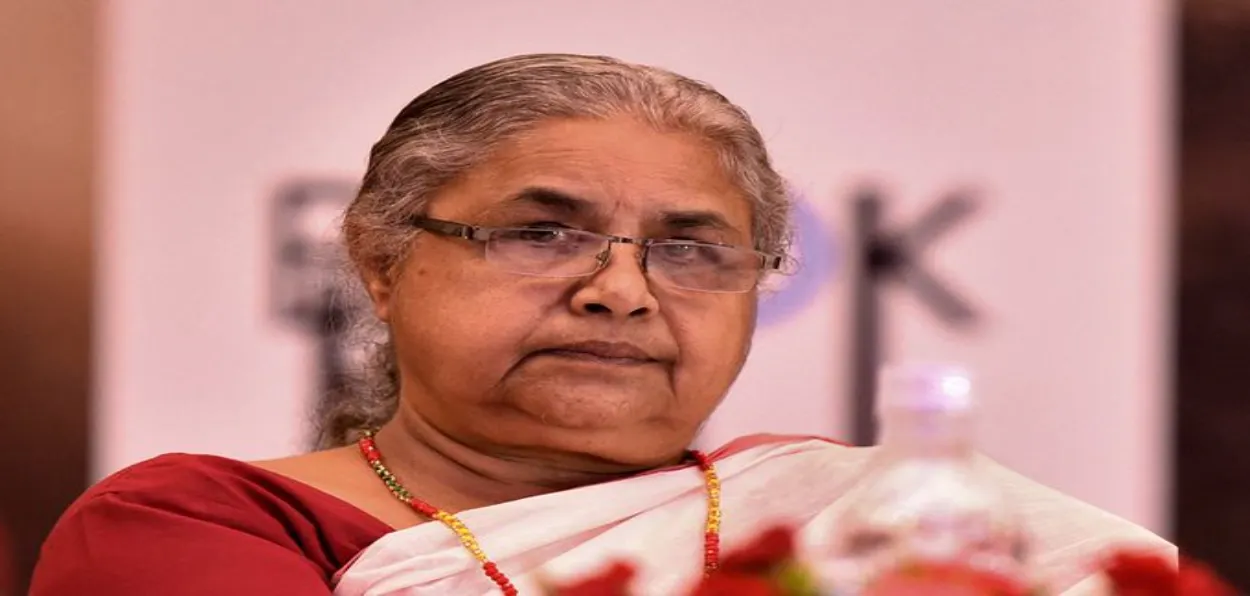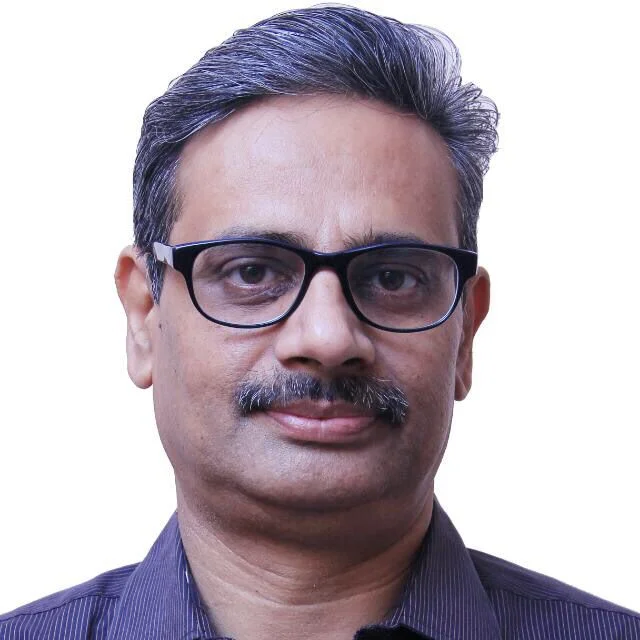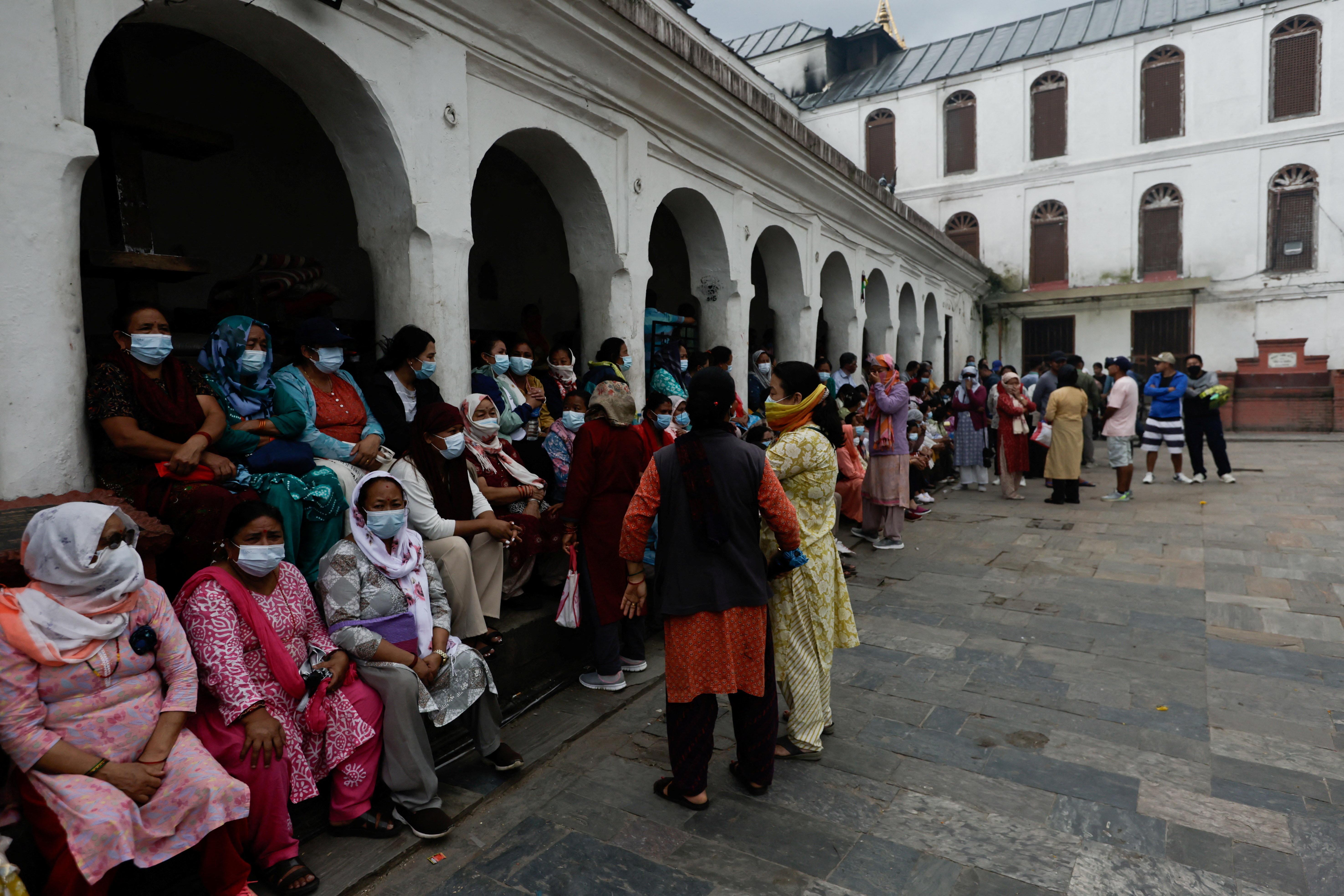
 Shankar Kumar
Shankar Kumar
Although the army has taken control of the situation in Nepal, chaos and confusion persist across the length and breadth of the Himalayan nation. Amid this, Gen Z youths who were initially divided over the leadership of the interim government finally rallied behind Sushila Karki, the former Chief Justice of Nepal’s Supreme Court, for the prime ministerial position.
The 73-year-old gutsy woman, well-known for her strong opposition to corruption, was sworn-in as the interim government’s Prime Minister by President Ramchandra Paudel on September 12—four days after Prime Minister Khadga Prasad Oli was forced to resign under mounting pressure from the Gen Z movement. Triggered by the imposition of a ban on social media, the movement against the Oli government spiraled into major violence on September 8, when police firing in Kathmandu left at least 19 people dead.
With this, for nearly two days, Nepal was engulfed in flames as protesters, who were largely school and college students, set on fire everything that came their path—from notable public institutions to historical landmarks to private businesses in Kathmandu and beyond.
Even the Himalayan nation’s parliament and the historic Singh Durbar, a 1908-built palace complex that served as an administrative hub of the Nepal government, were not spared from being set ablaze by protestors. They also set on fire Prime Minister Khadga Prasad Oli’s residence and several other prominent politicians’, including President Ramchandra Paudel’s houses and properties.
Already upset with deep-rooted corruption and nepotism in the government, protestors mercilessly thrashed Foreign Minister Arzu Deuba and her husband, former Prime Minister Sher Bahadur Deuba, at their home in Kathmandu. Finance Minister Bishnu Prasad Paudel was kicked and beaten, while former Prime Minister Jhalanath Khanal’s wife Rajyalakshmi Chitrakar died after their house was set on fire.
Nepal had not been a witness to such upheavals for decades. It was more violent than the one witnessed in 2006. Within hours, the brutal and deadly wave of unrest turned the Himalayan nation’s capital into an inferno, evoking memories of the 2024 Bangladesh crisis and the 2022 Sri Lankan upheavals. In 2006, an uprising had forced the Himalayan nation’s King Gyanendra Shah to give up the throne and relinquish his authoritarian rule.
 Women in the premises of Pashupati Nath temple after performing rituals for their kin who died in the violence
Women in the premises of Pashupati Nath temple after performing rituals for their kin who died in the violence
Nonetheless, in Nepal, Bangladesh, and Sri Lanka, youths were at the forefront of protests and violence. The reasons behind the turmoil were also uncannily similar: deepening public anger over unemployment, corruption, and widening inequality. In all three countries, governments were overthrown by protestors.
Yet, the Gen Z-led campaign in Nepal will be remembered for the political vacuum it has created and the challenges that an interim government will face in bringing sanity to the country.
Challenges before the interim government
For now, the interim government will have to see Nepal remains able to navigate through challenges, which emanate from restoring law and order across the country, conducting parliamentary elections within six months, dealing with corruption issues, and resisting various pressure groups that have emerged among the Gen Z-led campaigners.
Restoring law and order will be the toughest task before her as incidents of vandalism, violence, and arson are still taking place in different parts of the country. At least 11,505 prisoners, including high-profile ones, have escaped from various jails.
Security forces have arrested and re-arrested around 1,459 prisoners, who had fled the jail. As a significant number of hardened jailbirds are out, they can pose a serious challenge to the law-and-order situation in the country. Infiltration of anarchic persons and groups is also a major headache for police and security forces in the Himalayan nation.
Besides, holding elections in the next six months will be a herculean task. Gen Z campaigners are against politicians and their outfits. In that background, a legitimate question is: Who will contest if political parties do not participate in the elections? Maybe they allow some political parties to contest. But again, the question arises: Will Gen Z protestors accept an electoral outcome?
Above all, it should not be forgotten that Sushila Karki had been a jurist. She has never been in politics. As such, how she handles the aspirations and demands of Gen Z campaigners and their backers will have to be seen. ‘Hami Nepal’, an NGO whose head Sudan Gurung was at the forefront of the movement, left no stone unturned in supporting Sushila Karki as the interim prime minister.
.jpg) The remains of the Nepal's Parliament burnt by protesters
The remains of the Nepal's Parliament burnt by protesters
It is feared that he will try to influence decisions of the Sushila Karki-led government on major political, economic, and strategic issues. Experts argue that if Prime Minister Karki resists pulls and pressures from either Sudan Gurung or Gen Z campaigners, a new tussle can arise
Nepal is presently standing at a historic crossroads in its political journey; any wrong and immature handling of issues could risk pushing it towards chaos and uncertainty.
Way forward for Nepal
Experts suggest that Nepal must keep the flames of democracy burning. It should learn lessons from Sri Lanka.
After a tenuous calm returned to Colombo following violent protests over the country’s economic collapse, which led to Sri Lankan President Gotabaya Rajapaksa resign and flee the country, an interim government under Ranil Wickremesinghe was formed in July 2022.
It held a presidential election in September 2024 in which Anura Kumara Dissanayake of the National People’s Power (NPP) won. Calling itself a “dynamic political movement,” the NPP was formed in 2019 by bringing together 21 diverse groups, which included political parties, youth organizations, women’s groups, trade unions, and civil society organizations.
Election of Anura Kumara Dissanayake was seen as a mark of protest against the established political system and the continuation of people’s anti-corruption agitation in Sri Lanka. Therefore, for Nepal, Sri Lanka could serve as a good example of how democracy can be sustained without compromising the core interests of the country. Moreover, the emergence of fresh political alternatives beyond established power blocs and systems could open up new possibilities for restoring public trust and reshaping the political landscape in Nepal.
Undoubtedly, the rise of Sushila Karki as interim Prime Minister reflects both the demand for clean governance and the rejection of entrenched political elites. Yet, the causes that brought her to power--youth anger, corruption, institutional mistrust, and public disenchantment-- pose formidable challenges before her interim government.
ALSO READ: Dil Chooran singer Masrat Un Nissa says she will sing only in Kashmir
However, for Nepal, the challenge ahead lies in bringing immediate political stability. The decisions made by the interim government in the coming months will determine whether the Himalayan country charts a path toward renewal and democratic resilience or sinks further into cycles of protest, instability, and uncertainty.
The author is a senior journalist who was reporting from Kathmandu for three years.
